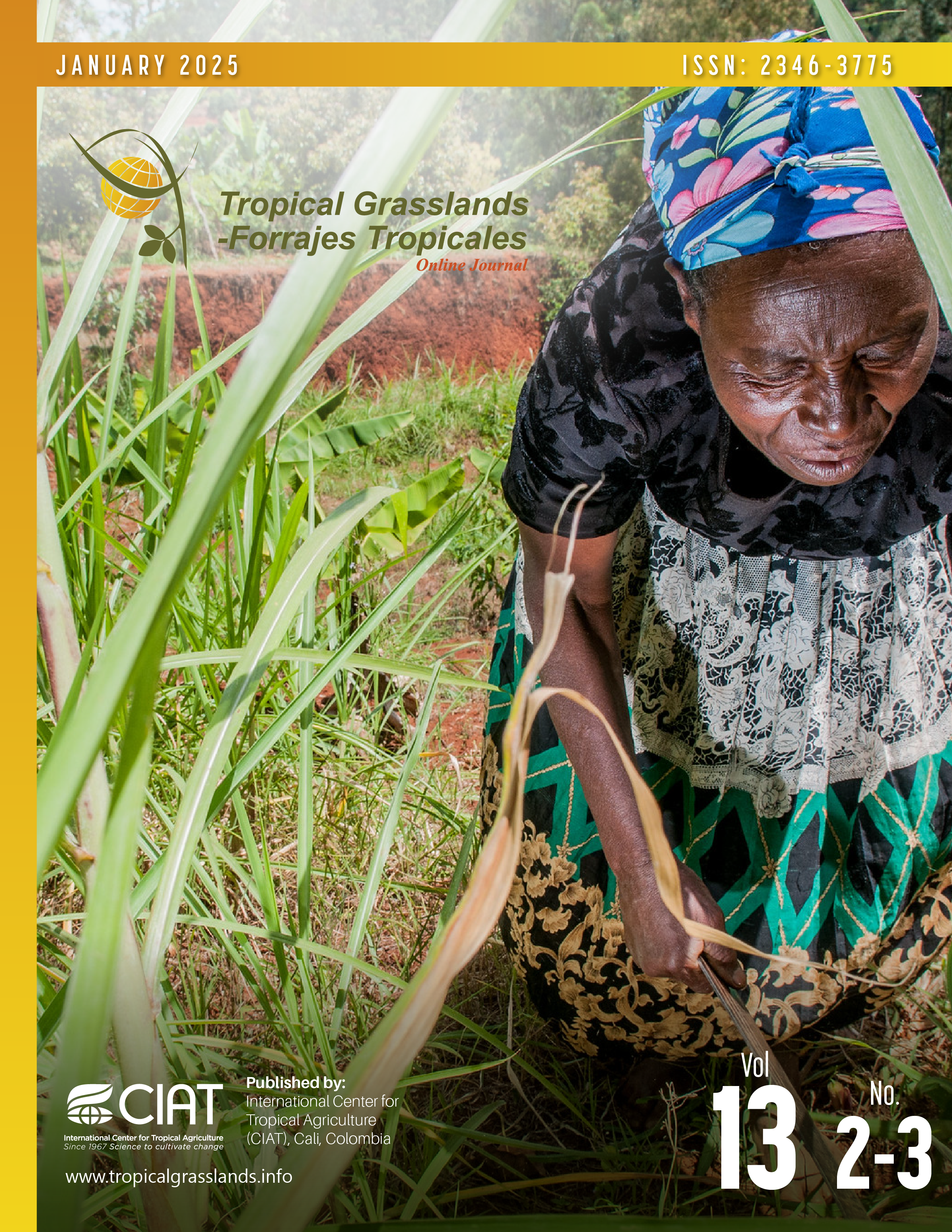Agronomic performance of six accessions of forage peanuts (Arachis pintoi) in the Northeast Antioquia subregion, Colombia
DOI:
https://doi.org/10.17138/tgft(13)68-81Abstract
This evaluated the agronomic performance of six accessions of forage peanuts (Arachis pintoi) in the Northeast of Antioquia, Colombia. The evaluation was conducted at the El Nus Research Center of Agrosavia, in San José del Nus, Antioquia, Colombia. A split-plot in time design, with four blocks was used. Treatments were defined by the combination of six accessions, four cutting frequencies and two seasons. A mixed model that considered accession, cutting frequency, season, and the interaction among those factors as fixed effects, and the block as a random factor was used for data analysis. Between June 2021 and February 2023, agronomic variables (dry matter yield, plant height, and coverage), morphological characteristics (stem diameter, length and number of stolons, and leaf with and length) and nutritional quality (PC, FDN, FDA, and DIVMS) were evaluated. Accessions and seasons affected (P<0.05) the dry matter yield and morphological characteristics. Differences due to accessions and cutting frequency were detected for PC, FDA, and DIVMS. Plant coverage was the only variable affected (P<0.05) by the triple interaction (accession × cutting frequency × season). The results obtained confirm variability among the accessions of A. pintoi evaluated, in terms of production and nutritional quality. Accession CIAT 22160 stood out as promising for the hillside areas of Northeastern Antioquia and deserves further evaluation for of animal responses at farm level.
How to Cite
Downloads
Downloads
Published
Issue
Section
License
Copyright (c) 2025 Tropical Grasslands-Forrajes Tropicales

This work is licensed under a Creative Commons Attribution 4.0 International License.




